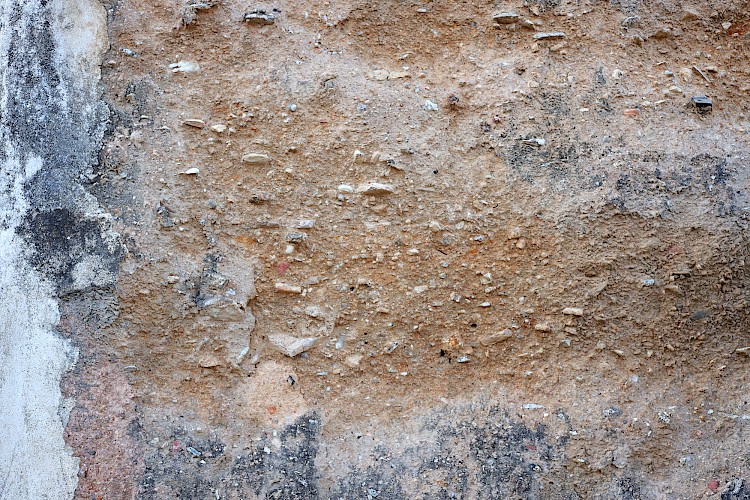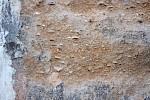Some Things are not held together by Glue: Chunambo and other ‘Sticky Matter’ in Subtropical Macao, China
Saturday, 8 October 2022Abstract
This article uses adhesives or what I am calling here ‘sticky matter,’ to illustrate multispecies relationships in Macao, a subtropical coastal region in South China. It focuses primarily on a traditional rammed earth material known as chunambo in Macao and other former Portuguese colonies. Composed of oyster shell, straw, rice, local soils and sand chemically bounded together by slacked lime, this precursor to modern day concrete has a unique combination of porosity and structural integrity that makes it particularly adaptable to tropical climates and a contrast to contemporary building practices which are often designed to create sealed interior environments. Discussions of porosity within New Materialism, Urban Studies and Chinese aesthetics will be used to think stickiness alongside questions of material integrity in the face of sea level rise, erosion and anthropogenic forces. Much like limestone sediments formed over the course of thousands of years at the bottom of ancient tropical sea beds, chunambo invites speculation about material permanence in the face of climate futures and a changing urban environment.
Full Text link: https://journals.jcu.edu.au/etropic/article/view/3901
Hodges, B. K. (2022). Some Things are not held together by Glue: Chunambo and other ‘Sticky Matter’ in Subtropical Macao, China. ETropic: Electronic Journal of Studies in the Tropics, 21(2), 198–216. https://doi.org/10.25120/etropic.21.2.2022.3901

